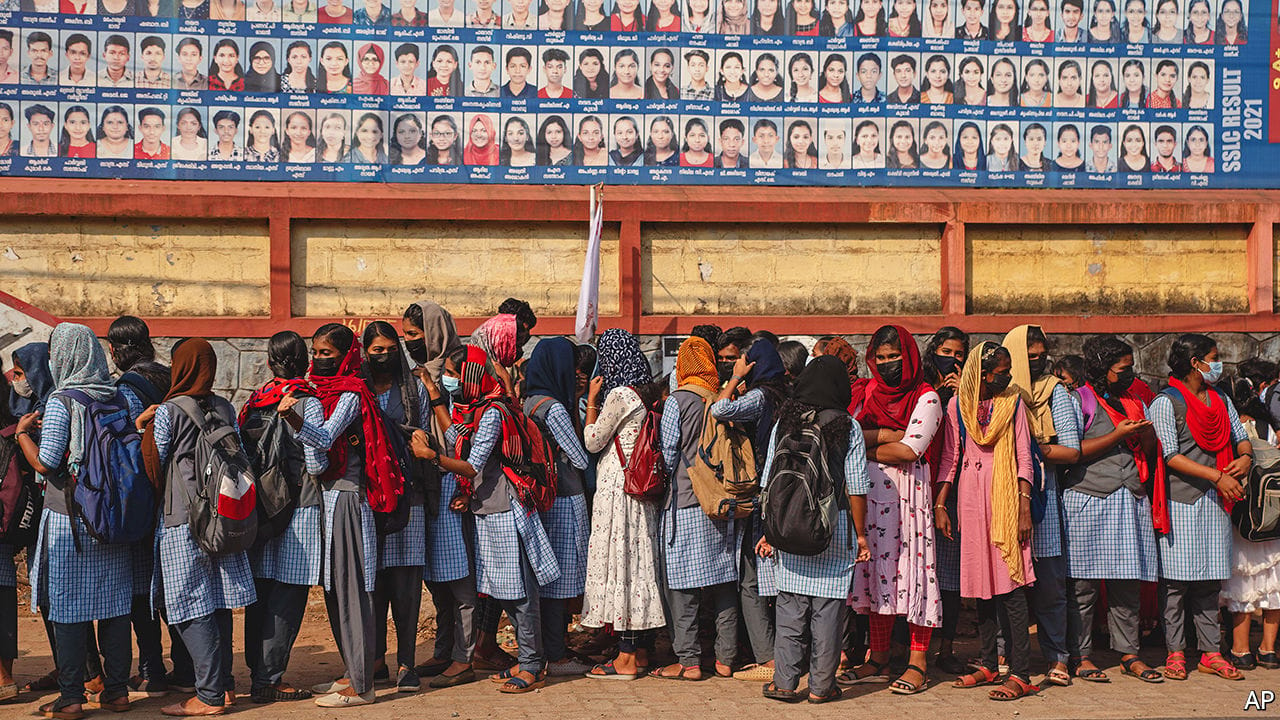India’s once-vaunted statistical infrastructure is crumbling
The reasons are worryingly familiar

The modern Indian state has a proud statistical heritage. Soon after the country gained independence in 1947, the government resolved to achieve its development through comprehensive five-year plans. The strategy, though economically inadvisable, nonetheless required the creation of a robust data-gathering apparatus. In 1950 PC Mahalanobis, the leading light of Indian statistics, designed the National Sample Survey, which sent staff to the far corners of the vast country to jot down data regarding its mostly illiterate citizens. The survey’s complexity and scope seemed “beyond the bounds of possibility”, reckoned one American statistician.
Of late, however, admiration has been replaced by alarm. India’s statistical services are in a bad way. Across some measures, figures are simply not gathered; for others, the data are often dodgy, unrepresentative, untimely, or just wrong. The country’s tracking of covid-19 provides a grim example. As the pandemic raged across India, officials struggled to keep tabs on its toll. Officially, covid has claimed more than half a million lives in India; The Economist’s excess-deaths tracker puts the figure far higher, between 2m and 9.4m. India’s government has also hampered efforts to assess the pandemic’s global impact, refusing at first to share data with the World Health Organisation (who), and criticising its methods.
This article appeared in the Finance & economics section of the print edition under the headline “Half-measures”
Finance & economics May 21st 2022
- Global growth is slowing, but not stopping—yet
- Even China’s official economic figures look bleak
- A baby-formula shortage feeds criticism of corporate heft and price gouging
- Why crypto’s bruising comedown matters
- Offset markets struggle in the face of surging commodity prices
- Is China “uninvestible”?
- India’s once-vaunted statistical infrastructure is crumbling
- How to unleash more investment in intangible assets
More from Finance & economics

McDonald’s v Burger King: what a price war means for inflation
American consumers will be licking their lips. So will Federal Reserve officials

Will services make the world rich?
American fried chicken can now be served from the Philippines

Is America approaching peak tip?
The country’s gratuity madness may soon calm, so long as Donald Trump does not get his way

